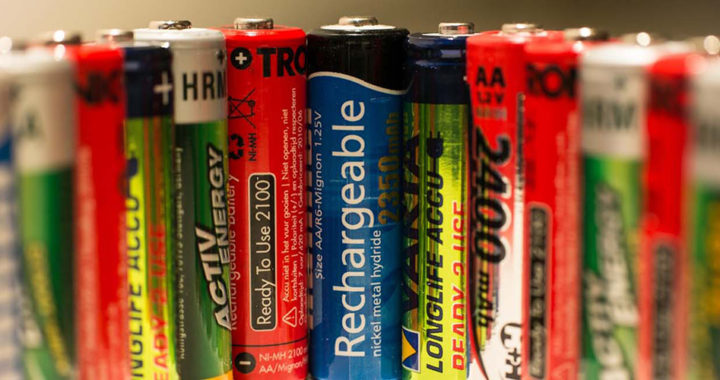Batteries are the unsung heroes of modernity. Understanding how a battery works involves understanding the roles and interactions between its three major components. These are the electrodes or the anode and cathodes, and the electrolyte. Remember that all batteries have these three essential components.
Understanding How Batteries Work
What are Electrodes? What is an Electrolyte?
Electrodes or the anodes and the cathodes are made of particular conducting materials. For example, in an alkaline battery, the anode is the zinc, and the cathode is the magnesium oxide. In lithium-ion batteries, the anodes are generally made of carbon, while the cathodes are made of other lithium molecules.
The anode connects to the negative end of the battery. This is where electrons leave or where the electrical current enters. The cathode connects to the positive end of the battery and is where the electrons enter or the electric current leaves.
On the other hand, an electrolyte is a liquid or gel-like substance situated between the anode and the cathode. It contains electrically charged particles or ions. The electrolyte also allows the ions to flow between the anode and cathode while separating between the two.
Inside the battery, these ions interact with the atoms of each of the two electrodes. This interaction results in electrochemical reactions that, in turn, is essential in the generation of electric current.
Note that the electrolyte and separators prevent the anode and cathode from coming into direct contact. Direct contact between the two would create a short circuit, and it would leave the battery unusable.
How Batteries Generate Electricity?
An oxidation-reduction reaction is a collective term used for the chemical reactions occurring in the electrodes due to the interaction with the ions of the electrolyte. Inside the battery, the ions in the electrolyte oxidize the anode. This oxidation reaction produces a compound and results in the release of one or more electrons. The result is a build-up of excess electrons in the anode.
This build-up causes an electrical difference between the anode and the cathode. Due to excess electrons, the anode becomes negatively charged. The electrons have the natural tendency to rearrange themselves through electron displacement. In batteries, the excess electrons in the anode should be displaced in the cathode to resolve the electrical difference. After all, the electrical difference would compel the electrons from the anode to move to the cathode.
Electron displacement or the freeing of electrons from the anode transpires during battery discharge or the creation and completion or closing of a circuit—particularly by inserting the battery into a device and powering it on. Upon the closing of the circuit, the excess electrons from the anode travel to the cathode.
The cathode is able to receive the excess electrons from the anode due to a reduction reaction. This reaction involves ions from the electrolyte reacting with free electrons to form compounds. Nonetheless, the closing of the circuit makes the anode the reducing agent because it losses electrons. The cathode is the oxidizing agent because it accepts the electrons from the anode.
Summary: How Batteries Work?
In summary, the flow of excess electrons from the anode and to the cathode via a closed-circuit produces an electric current. The battery is able to power a device due to this electric current. This is the fundamental process explaining how batteries work.
To simplify how batteries work further, the reaction in the anode creates electrons, and the reaction in the cathode absorbs them. The net result is electricity. While there are different types of batteries, all batteries function based on this general operational principle.

